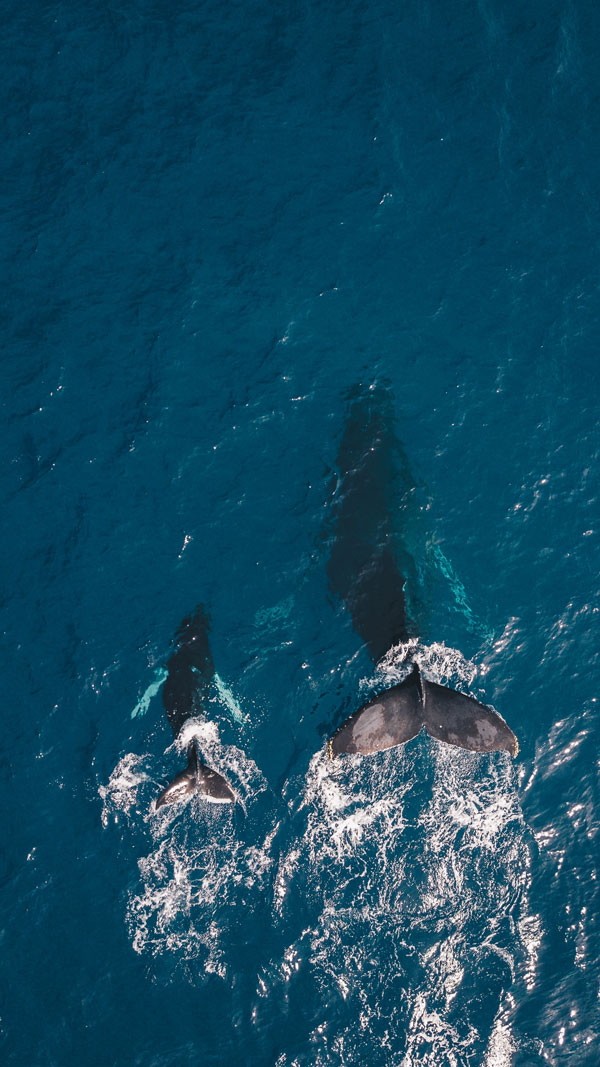Marine mammals mistakenly eat plastic debris items such as plastic bags, food wrappers, ropes and abandoned fishing gear, or they become entangled in plastic items including fishing nets. Both scenarios can lead to injury and, in many cases, death.
Now a recent US study has revealed that marine mammals face a more subtle plastic threat: microplastics. In the ocean, microplastics (tiny plastic particles measuring less than 5mm) commonly accumulate in an animal’s gills or digestive tract. However, the recent study found microplastics in various other tissues of a number of different whale, dolphin and seal species.
This suggests that microplastic particles are somehow able to move from one part of an animal’s body to another (or “translocate”). This finding may carry health implications not only for marine mammals, but humans too.
Photo by Guille Pozzi
Tiny particles, big impact
The researchers obtained tissue samples from 32 individual animals spanning 12 marine mammal species. These animals had either been stranded or harvested between 2000 and 2021.
Research has provided us with some understanding of how microplastics may affect small marine animals. Studies have shown that microplastic fragments can cause the formation of scar tissue in the stomachs of seabirds. And there are also concerns that the chemicals present in marine plastic litter may leach into the tissues of marine mammals upon ingestion.
It’s therefore possible that the movement of microplastics from seawater and prey items into the tissues of marine mammals may affect their health. In the most severe scenario, the accumulation of these particles could lead to a loss of these tissues’ critical functions. However, further understanding of the implications of microplastic presence in body tissues is needed.
A concern for human health?
The fact that microplastics can accumulate in body tissues could also mean that more plastic particles are transferred further up the food chain to top predators like humans than is currently thought.
It’s generally believed that only very small microplastics (particles less than 100µm) can move from the gut or respiratory system into the bloodstream. This would limit the amount of microplastics that are consumed when eating marine vertebrates.
But the US study has found the presence of larger microplastic particles in non-digestive tissues, suggesting this assumption might not hold true. Separate studies in the Persian Gulf and Black Sea have also revealed a variety of microplastic sizes present in non-digestive tissues of commercial fish.
Together, these findings could have implications for human health. Marine mammal meat and blubber are an important food source within certain Indigenous communities. And many people consume fish as part of their diets.
The risk of ingesting microplastics from a seafood meal is, at present, lower than that from drinking bottled water. But the prevalence of microplastics in the marine environment is rapidly increasing, and it is now evident that these particles can enter the bloodstream of animals and humans too.
This article was originally published in full in The Conversation and can be read here.
